For many retail businesses, showrooms can provide an appealing combination of customer experience and persuasive economics.
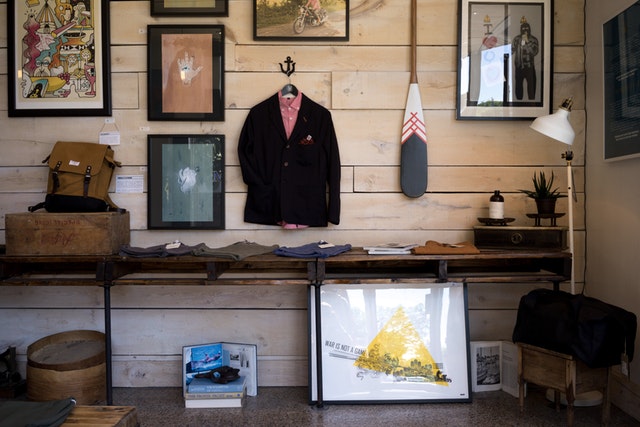 Ever since Amazon started selling books on line in 1995, retailers — And a good deal of other commentators — have been asking the crucial question, if any, physical shops may play at the retail area. Many have gone so far as to forecast the ultimate death of shops, and many others expound the merits of different hybrid omnichannel solutions.
Ever since Amazon started selling books on line in 1995, retailers — And a good deal of other commentators — have been asking the crucial question, if any, physical shops may play at the retail area. Many have gone so far as to forecast the ultimate death of shops, and many others expound the merits of different hybrid omnichannel solutions.
To Be Certain, the tendencies are bad for store-based retailers, which generally whine of challenging requirements and frugal customers. Though general retail sales operation is rather powerful, during the past several decades basically all the inflation-adjusted profits in merchant earnings have been driven by online stations, which appreciate growth rates up to 7 percent greater than retail industry growth as a whole. Meanwhile, conventional retailers are confronted with declining or flat earnings and big, expensive store networks.
Online sales expansion dwarfs the retail sector as a whole
Unsurprisingly, heritage companies are restructuring their footprints. In 2016, big retailers like Aeropostale, JC Penney, Gap, Walmart, and Macy’s shuttered shops. At exactly the exact same time, incumbent retailers are embracing omnichannel theories, which aim to provide customers a smooth experience if they’re buying items online or in a shop. The top of those offerings work nicely: Consumers receive the convenience of buying a pc, smartphone, or tablet computer, or even in person, and merchants can reduce marginal cost-to-serve by, as an instance, encouraging customers to pick up bulky items in a shop instead of having them sent to their house. While the margins are still lower than online service based retailers like those who offer to chemistry tutor online, or provide accounting/taxation services.
Omnichannel attempts have underperformed
Omnichannel plans — that seamlessly synchronize many types of consumer experience, such as brick-and-mortar shop surroundings, online revenue, smart phone connectivity, and voice links — are a hit for a couple merchants. Broadly , however, these attempts haven’t succeeded in arresting reductions in shop action, improving merchant profitability, or boosting online sales. Though a lot of traditional retailers now highlight the wholesome growth rate of the online revenue, most are now lagging behind and losing market share to Amazon and other internet pros who offer a widening range of increasingly larger goods such as beach style furniture . And their earnings are becoming unsatisfactory, they’re learning how expensive the omnichannel strategy is, as it takes retailers significant effort to keep multiple distribution chains (1 direct-to-home, one to the shops); encourage networks; and also, frequently, stock pools.
For conventional retailers, addressing those shortcomings from the Omnichannel version is tough. They’d need to seek out hard-fought efficiencies in basic, routine surgeries, such as shop network direction, and selectively (and efficiently) spend accumulated savings from the big-ticket capabilities needed to be rewarding from the omnichannel marketplace. One of those capacities are merged inventory systems, a persuasive digital consumer expertise, and large data analytics.
Online-only retailers, though definitely in a much better place compared to their physical shop sockets, have challenges to overcome also. These include converting browsing customers into real purchasers in high amounts and managing steep logistics costs for returns and imports.
Showrooms function best for distinguished goods — goods which change significantly from one retailer to another like designer clothes, cars, interior design products and coastal furniture.
The showroom choice
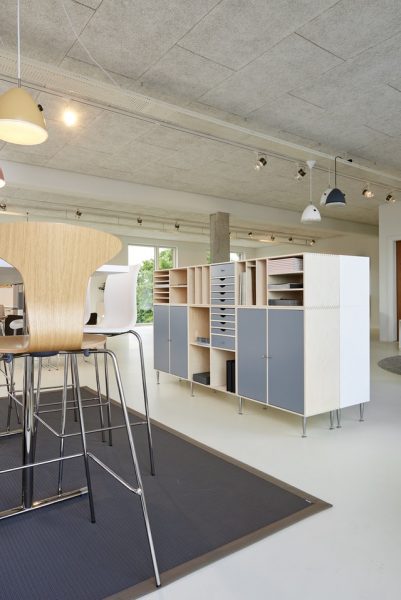 Considering that the barriers facing retailers today, we consider that there is yet another, largely complementary revenue strategy that merchants in certain industries should think about. They could substitute underperforming stores and encourage e-commerce attempts with showrooms. A showroom, at its purest form, is a shop that showcases merchandise on display plinths, but sells nothing — in the sense of offering merchandise to customers. Rather, a showroom provides items for review, provides advice on goods, and requires orders. The goods are then sent to your customer’s house from another site.
Considering that the barriers facing retailers today, we consider that there is yet another, largely complementary revenue strategy that merchants in certain industries should think about. They could substitute underperforming stores and encourage e-commerce attempts with showrooms. A showroom, at its purest form, is a shop that showcases merchandise on display plinths, but sells nothing — in the sense of offering merchandise to customers. Rather, a showroom provides items for review, provides advice on goods, and requires orders. The goods are then sent to your customer’s house from another site.
As it happens, many customers use retail shops this Way already. For example they will enter a sporting goods store and try on sublimated basketball uniforms there to ensure correct sizing before returning home or using their smart phone to buy online. However, because retailers nevertheless aim to market out of their shop stock, they must keep the complete array of present shop service infrastructure, which makes the present arrangement not economically favorable. A dedicated showroom includes a distinct objective.
Showrooms function best for differentiated merchandise. These are goods That change significantly from one retailer to another (e.g., branded fashion clothing), are fresh to customers (e.g., the hottest electronics), or else can be stated to be marketed, as opposed to purchased (e.g., a wireless data coverage or expensive jewelry). Their counterparts are typical products, or things (for example, ketchup, soft beverages, and athletic socks) which customers are extremely familiar with which are basically the exact same in each shop. Frequent products sell well online, but distinguished goods are more difficult to proceed via e-commerce; customers might need or want to navigate for these products, analyze them, and also find information on what to purchase. What’s more, if they do purchase, consumers return distinguished products at substantially higher prices.
A showroom can add value in Many ways relative to the internet Retail surroundings:
Skilled and attentive sales team may promote conversion of browsers into real clients, leading to more sales. And face-to-face with customers at an engaging retail surroundings, the employees may also possibly up-sell and cross-sell, which raises both earnings per item (called AUR or average unit retail) and components sold per trade (UPT), and each of which boost shipping economics.
Since clients can touch, feel, try on, and differently familiarize themselves with the products in a showroom, yields are not as likely. In fashion from basic items including basketball shorts to luxury items like designer heels, by way of instance, physical shops experience a yield rate of approximately 3 per cent, compared to roughly 25 percent for internet sales, and a much greater percentage in the event of exceptionally fashionable or fit-critical products. And when showroom-using customers do opt to return things, retailers can conserve a number of the substantial cost of return shipping charges, handling, and restocking by inviting clients to make those yields into the showroom.
If a company is selling differentiated products in a brick-and-mortar shop, the primary driver of functionality is getting the perfect product in the perfect place at the ideal moment. Consumers do not know what they need until they see this, and tastes change with style trends. End-to-end merchandising, or planning and choosing the most profitable product combination from the start of the distribution chain to its completion, is a crucial institutional capacity for conventional retailers — and inherently hard to grasp. Consequently, stores frequently need more backup inventory and storage solutions to pay for shortfalls as complete sales volume grows.
And despite everybody’s best efforts, stranded stock is commonplace, which causes expensive markdowns and lost earnings or pricey piecemeal transfers between shops. This clarifies why apparel retailers frequently earn higher earnings per item and greater gross margins in their own internet businesses. Even something which begins at precisely the exact same cost on the internet and in-store will frequently sell for more AUR within an e-commerce site within the coming weeks, thanks to less stranding and fewer reductions.
A showroom’s stock Advantages
A showroom may relieve the hardships of stock management. By Definition, a showroom comprises only the inventory necessary for clients to pick their merchandise. In apparel, by way of instance, which may involve, for almost any type of garment, one in each dimension and at least one in each colour, but none in each fashion–colour blend. The stock for real sale is kept centrally, making it a lot simpler to handle. Consequently, the inherent markdown danger in a showroom merchandise is considerably reduced. And since the showroom conveys reduced stock, it takes less time to handle, and the socket can be far more compact than a shop, minimizing property charges.
Showrooms significantly reduce stock woes
Showrooms possibly provide the alluring prospect of a good consumer expertise and strong financial principles.
Making it work
Bonobos, a stylish men’s apparel firm that caters to 18- to 40-year-old guys, aptly illustrates the showroom retail idea. Considering that 2012, the business was experimenting with showrooms it refers to as Guideshops, currently in 30 places. Consumers may walk in or reserve a consultation, and have a beer or a drink of water as educated salespeople known as ninjas take dimensions and help form sizes and styles.
Guideshops have all of the benefits of a luxury, high-touch retail Shop. Clients can try on clothes, get lots of information — and also be enticed with potential accessories and add-ons. In the conclusion of this sales consultation, the products are ordered online and sent to the client in the home.
Guideshops save money by requiring fewer salespeople and needing smaller footprints compared to a standard retail store. Additional consumer information (for example, sizing and preferred styles) have been listed in the Bonobos information system, clients are more inclined to make online purchases unassisted later on, driving customer loyalty and reduced yields, even for e-commerce trades.
In addition, the stock savings are spectacular. It’s estimated that in its denim jeans stock, Bonobos showrooms will need to inventory only around 220 things to cover its own style/size/wash variety. By comparison, a normal specialty apparel shop may stock in excess of 3,600 items in jeans. Also a Guideshop showroom avoids the costly infrastructure required to encourage physical shops, such as complex distribution chains and point-of-sale systems with complex accounting and bookkeeping backbones. When customers are prepared to make a buy, the ninja only hands them an iPad and helps them create an internet purchase in the regular way that they want if they had been at home on their sofa. The purchase is consummated on the place, eliminating the prospect of cart abandonment partway through the buy, a frequent event when shoppers initiate trades on the internet, in addition to the danger that the consumer might leave the shop and select later to purchase similar things from a different merchant.
Other retailers, such as Haier (the Qingdao-headquartered Appliance maker, in its shops in China), Hointer (a Seattle-based apparel retailing startup), Paul Evans (a New York-based men’s shoe shop), Restoration Hardware (an American home decor series), and Zalora (a style emporium from Southeast Asia), have embraced the showroom version. A number of these businesses carry higher-end apparel or furniture, which can be prohibitively costly to stock in volume. There’s consequently a natural transition into the gallery strategy, where retailers could provide shoppers a feeling of how these goods look and texture in real life settings in the instance of furniture or in a more casual, less hurried environment for trying on garments with careful sales specialists available.
This model basically unites experience Retail — a favorite concept nowadays from the business — and effective inventory management. The shop’s area may be used for displays and visual merchandising and real goods for sale could be held in a couple of fundamental fulfillment centers, instead of at numerous retail outlets. Pooling stock in a few of warehouses makes calling sales volumes and inventory levels considerably easier because explosive demand will smooth out within the showroom community.
In summary
Many retail operators may have a dim view of traditional “showrooming” — seeing a shop Prior to making a buy online — way from Seeing it as the answer to large challenges. However, since it evolves in a way that lets retailers assist clients make purchases on site and have things delivered for their houses, many retailers are discovering the showroom occurrence could be Leveraged to their benefit in the kind of higher earnings, fewer returns, and Lower prices. Quite Simply, showrooms offer the alluring possibility of a unique consumer expertise and strong financial principles.
As we move towards a sharing economy where everything becomes a function of individual supply and demand think Uber and subsequent companies that apply this model to everything from education; that offer a year one to year ten tutor, to courier services to even skills exchanges…the showroom makes sense. It aligns to the increased pace the sharing economy enforces while eliminating issues of a purely online model and beneficially it can offer additional gains through customer interaction. As showrooms become increasingly popular, it will be interesting to view the growth margin and whether it dwarfs online in the same way online has consistently dwarfed retail in previous years



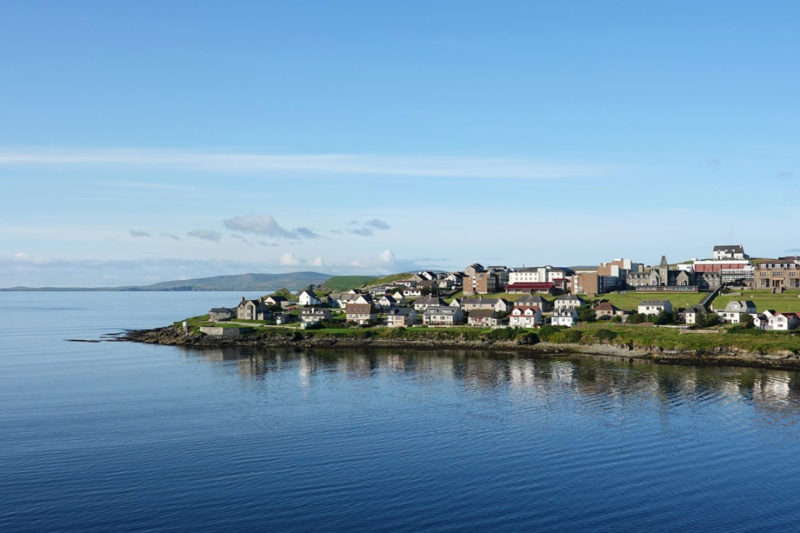


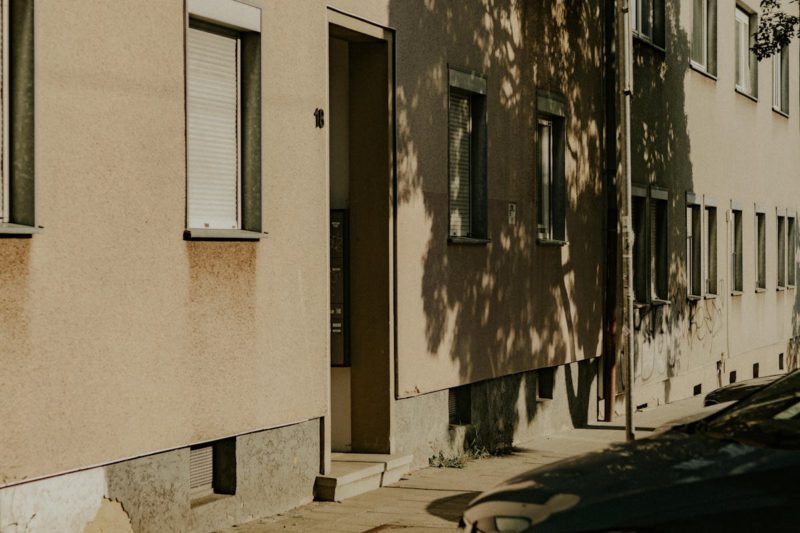



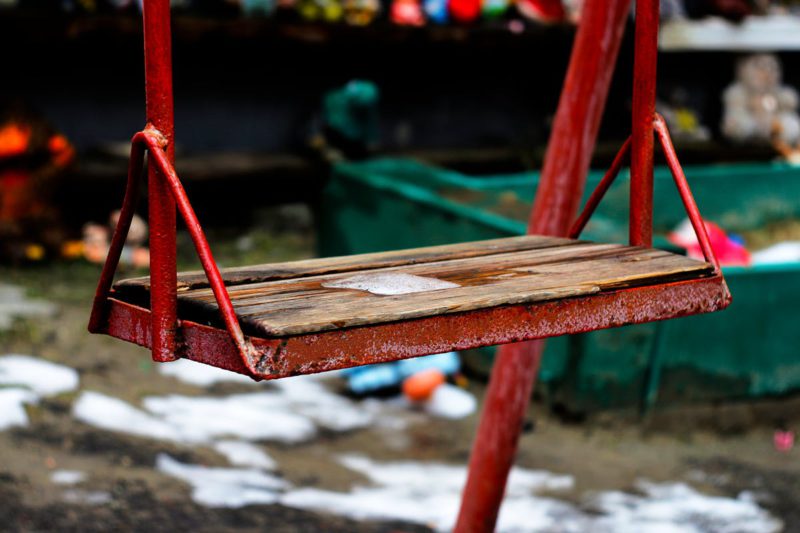
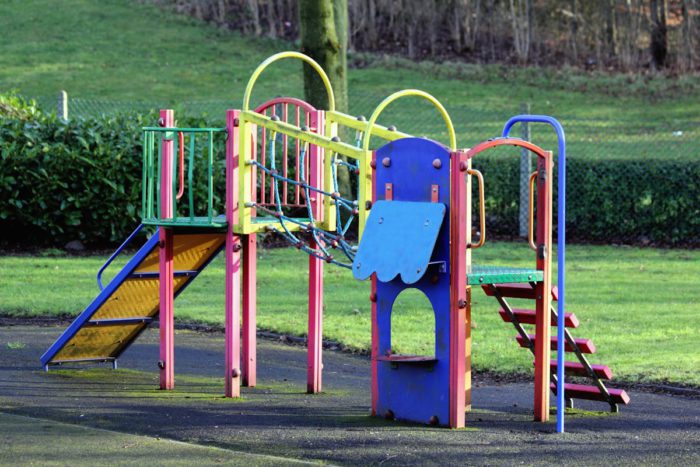

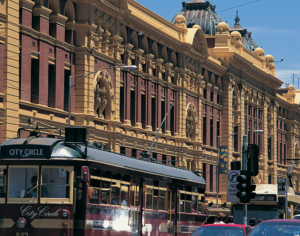



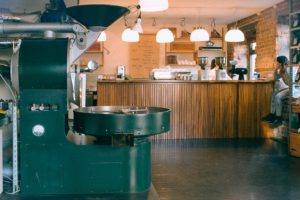










 Set Goals and Foster Employees to Achieve Them:
Set Goals and Foster Employees to Achieve Them:


 Research the value of your trade
Research the value of your trade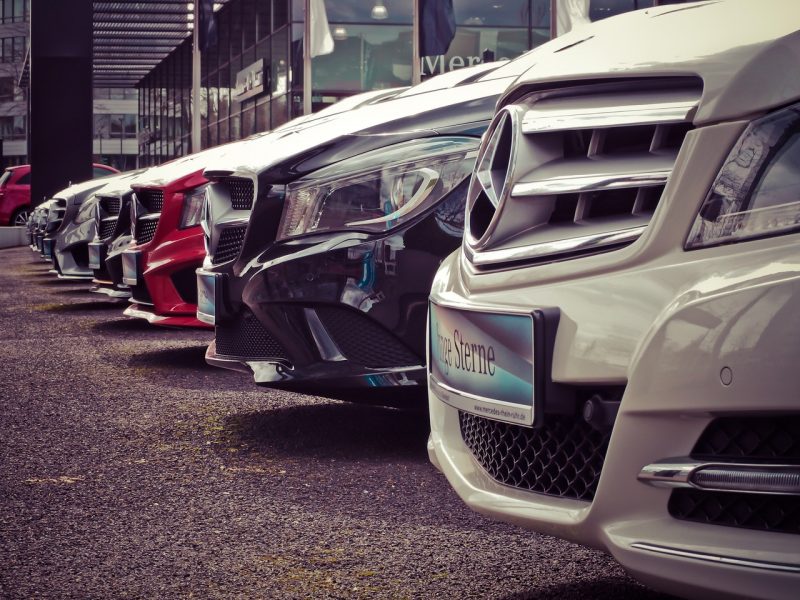 The Internet price haggle
The Internet price haggle Anyone who has ever attempted and failed to receive a piece of furniture into a room can let you know the value of getting dimensions right the first time, both at home and at the shop. If you’re purchasing furniture at a brick-and-mortar place, don’t forget to write down the dimensions or have a photo of the label, so you have the info available for later. Then, when you get home,
Anyone who has ever attempted and failed to receive a piece of furniture into a room can let you know the value of getting dimensions right the first time, both at home and at the shop. If you’re purchasing furniture at a brick-and-mortar place, don’t forget to write down the dimensions or have a photo of the label, so you have the info available for later. Then, when you get home,  Well, you are not alone and there is reason for this classic trend amongst
Well, you are not alone and there is reason for this classic trend amongst 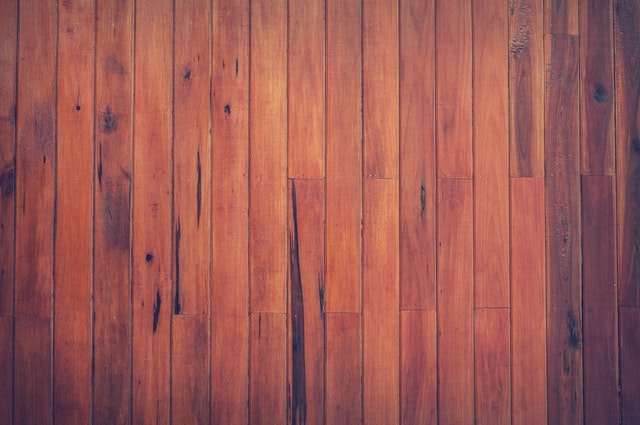 To be on the safe side, he guides only wiping the wood with a soft, clean cloth. When washing things like a cutting board, make sure to wash it immediately. McCafferty said that after it is dry, place some mineral oil on it and keep it lubricated because if it dries out, it may divide.
To be on the safe side, he guides only wiping the wood with a soft, clean cloth. When washing things like a cutting board, make sure to wash it immediately. McCafferty said that after it is dry, place some mineral oil on it and keep it lubricated because if it dries out, it may divide. For the best outcome, research your purchase carefully. Online shopping may seem simple at first, but it requires a great deal of investigation to be sure you’re spending wisely. Product reviews are an excellent place to start, especially if you are buying different products online. Read the testimonials of any product that interests you, paying special attention to the functions you are most concerned about. On the lookout for a stethoscope that accesses higher frequencies? Consider searching within the reviews for “high frequency,” to see exactly what other clients have to say. Take your search into the broader world by searching on Google for the product you require, and also to compare prices and reviews across different retailers,
For the best outcome, research your purchase carefully. Online shopping may seem simple at first, but it requires a great deal of investigation to be sure you’re spending wisely. Product reviews are an excellent place to start, especially if you are buying different products online. Read the testimonials of any product that interests you, paying special attention to the functions you are most concerned about. On the lookout for a stethoscope that accesses higher frequencies? Consider searching within the reviews for “high frequency,” to see exactly what other clients have to say. Take your search into the broader world by searching on Google for the product you require, and also to compare prices and reviews across different retailers, 
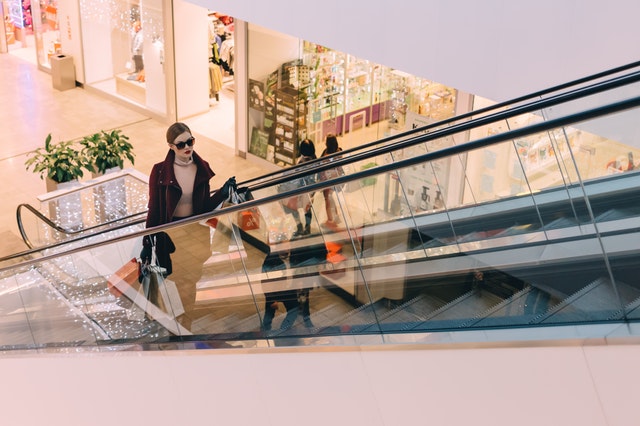 The set celebrates 1960s enjoy and liberation in a modern style Including denim patchworks, thoughtful details, paisleys and sun-washes palettes, remaining true to the new American traditional layout.
The set celebrates 1960s enjoy and liberation in a modern style Including denim patchworks, thoughtful details, paisleys and sun-washes palettes, remaining true to the new American traditional layout. Amazon has confirmed plans to set up a fulfilment centre in Melbourne’s southeastern suburbs as it pushes forward with rolling out its full retail performance in Australia. The retail giant also announced it will appoint an executive from its German operations to run Amazon Australia. Rocco Braeuniger, manager of consumables in
Amazon has confirmed plans to set up a fulfilment centre in Melbourne’s southeastern suburbs as it pushes forward with rolling out its full retail performance in Australia. The retail giant also announced it will appoint an executive from its German operations to run Amazon Australia. Rocco Braeuniger, manager of consumables in 
 Ever since Amazon started selling books on line in 1995, retailers — And a good deal of other commentators — have been asking the crucial question, if any, physical shops may play at the retail area. Many have gone so far as to forecast the ultimate death of shops, and many others expound the merits of different
Ever since Amazon started selling books on line in 1995, retailers — And a good deal of other commentators — have been asking the crucial question, if any, physical shops may play at the retail area. Many have gone so far as to forecast the ultimate death of shops, and many others expound the merits of different  Considering that the barriers facing retailers today, we consider that there is yet another, largely complementary revenue strategy that merchants in certain industries should think about. They could substitute underperforming stores and encourage e-commerce attempts with showrooms. A showroom, at its purest form, is a shop that showcases merchandise on display plinths, but sells nothing — in the sense of offering merchandise to customers. Rather, a showroom provides items for review, provides advice on goods, and requires orders. The goods are then sent to your customer’s house from another site.
Considering that the barriers facing retailers today, we consider that there is yet another, largely complementary revenue strategy that merchants in certain industries should think about. They could substitute underperforming stores and encourage e-commerce attempts with showrooms. A showroom, at its purest form, is a shop that showcases merchandise on display plinths, but sells nothing — in the sense of offering merchandise to customers. Rather, a showroom provides items for review, provides advice on goods, and requires orders. The goods are then sent to your customer’s house from another site. In Most Publications and articles about saving cash, a common bit of information about dining out is just, “Do not do it”. In the end, when you dine out, you are not paying for the meals — you are also paying a hefty markup to get it cooked for you and served for you personally.
In Most Publications and articles about saving cash, a common bit of information about dining out is just, “Do not do it”. In the end, when you dine out, you are not paying for the meals — you are also paying a hefty markup to get it cooked for you and served for you personally. If the food you purchase at a restaurant is expensive compared to Home cooking, the markup on beverages is much greater.
If the food you purchase at a restaurant is expensive compared to Home cooking, the markup on beverages is much greater. 